Minecraft Flower Varieties Revealed
These botanical beauties are not just a feast for the eyes but also a treasure trove for players in Minecraft. From crafting vibrant dyes to decorating landscapes and even collecting rare floral species, flowers in Minecraft offer a plethora of uses. This comprehensive guide delves into the unique characteristics of several flowers and their best applications to enhance your adventures.
Table of Contents
- Poppy
- Dandelion
- Allium
- Rose Bush
- Wither Rose
- Peony Bush
- Lily of the Valley
- Tulip
- Azure Bluet
- Blue Orchid
- Cornflower
- Torchflower
- Lilac
- Oxeye Daisy
- Sunflower
Poppy
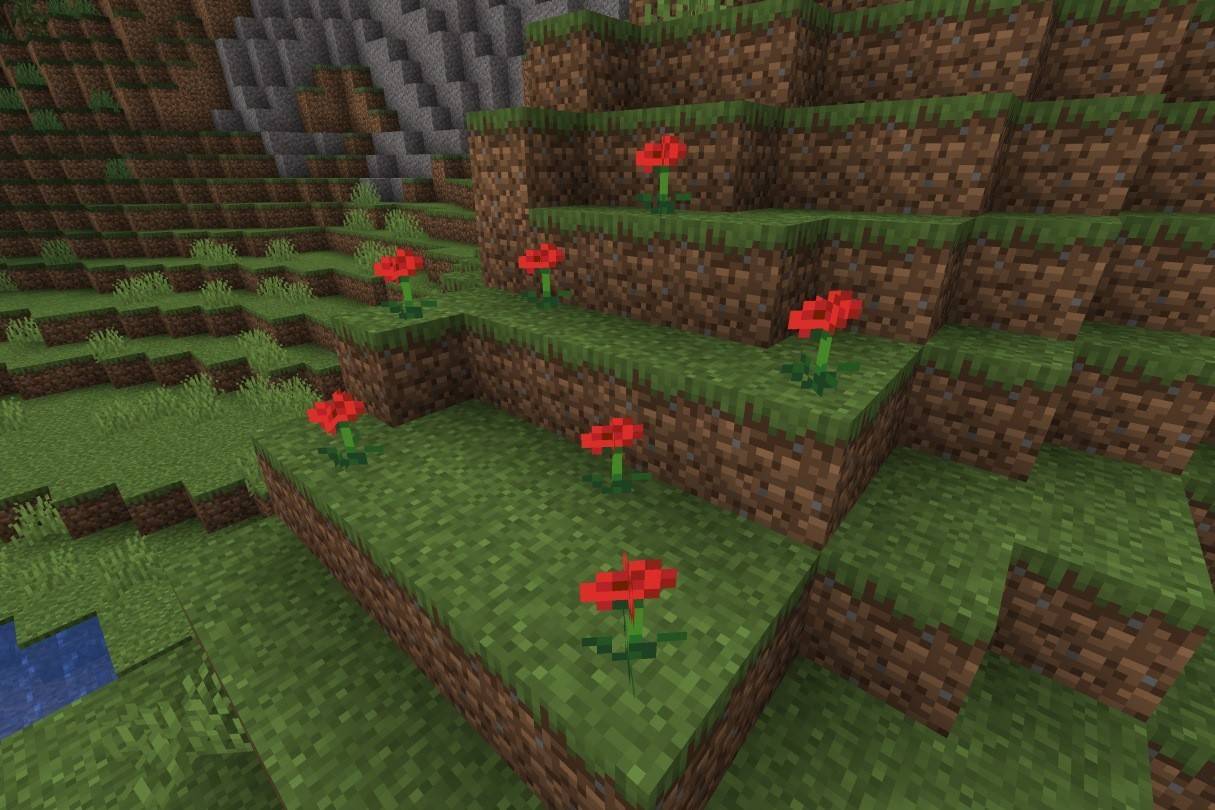 Image: ensigame.com
Image: ensigame.com
Poppies, with their striking red petals, have taken over from the original "rose" and cyan flowers in earlier game versions. Any existing flowers in the Minecraft world were automatically converted into poppies. These charming blooms naturally occur in various biomes and can also be dropped by Iron Golems, who occasionally gift them to village children.
Their primary use is in crafting red dye, which is versatile and can be used to recolor banners, beds, wool, sheep, and even tamed wolf collars, adding a splash of color to your creations.
Dandelion
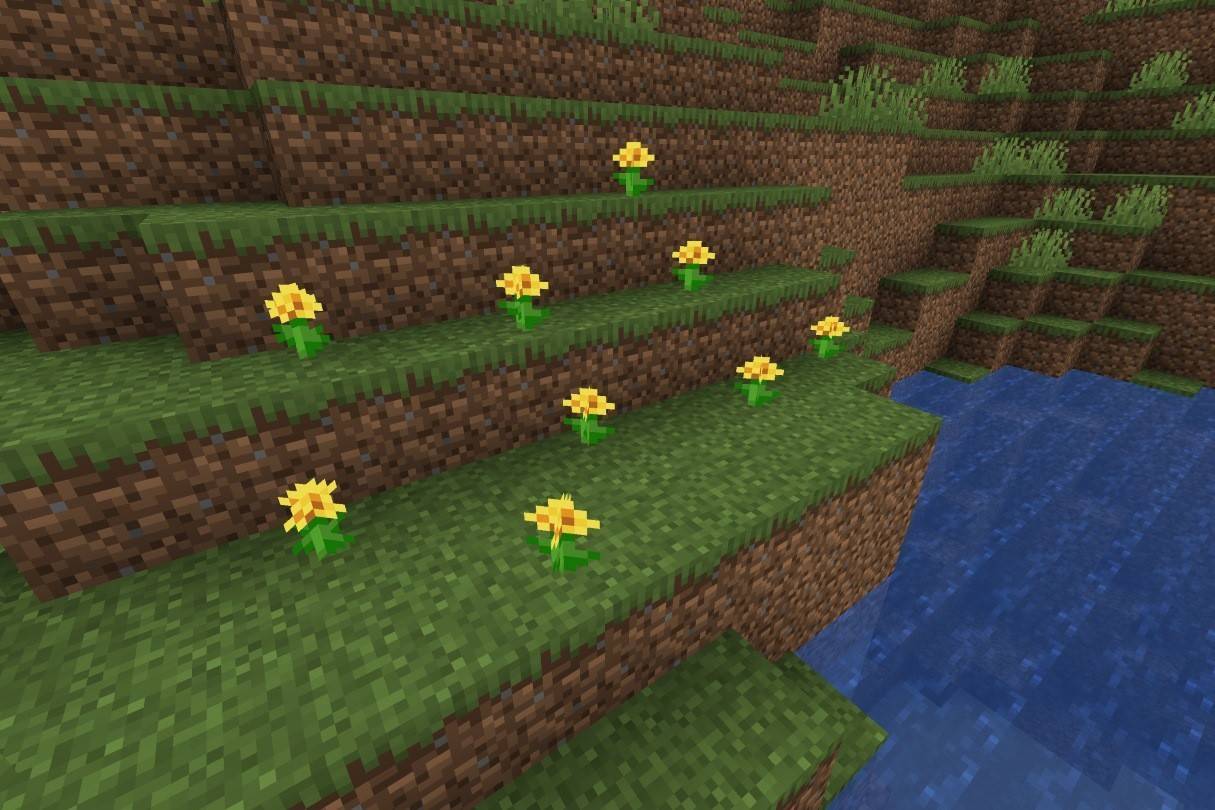 Image: ensigame.com
Image: ensigame.com
Dandelions, known for their vibrant yellow blossoms, thrive in most biomes except marshes and ice plains. They are commonly found in flower forests and serve as the primary source of yellow dye. While dandelions produce one unit of dye, sunflowers provide two. These cheerful flowers are invaluable for adding a touch of brightness to banners, wool, and other decorative elements, enhancing the visual appeal of your builds.
Allium
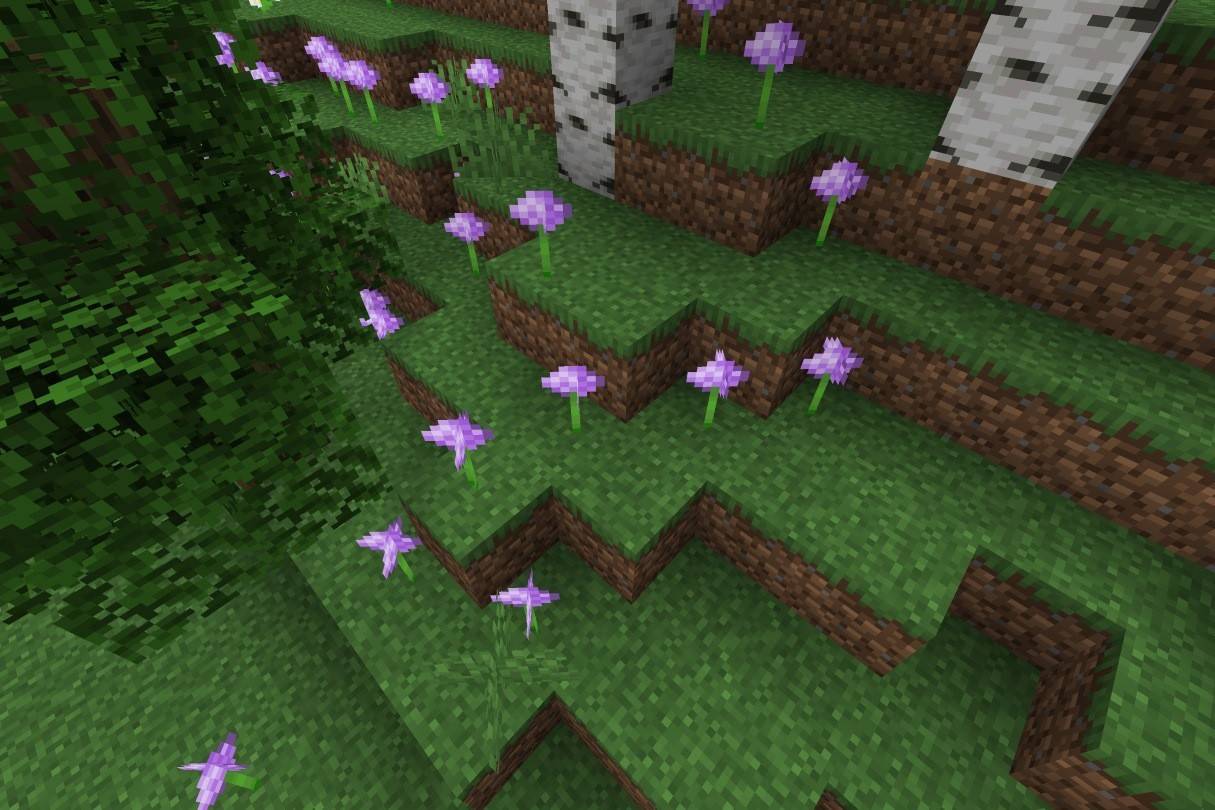 Image: ensigame.com
Image: ensigame.com
Alliums, with their stunning purple blooms, grow naturally in flower forest biomes. They are crucial for crafting magenta dye, which is essential for recoloring mobs and creating beautiful blocks like magenta stained glass, terracotta, and wool. These exquisite flowers add a touch of elegance to any garden or build.
Rose Bush
 Image: ensigame.com
Image: ensigame.com
Rose bushes are tall, red-flowered plants found in various wooded biomes. Like lilacs and sunflowers, they are one of Minecraft's rare two-block-high flowers. When collected, they yield red dye, which is widely used to dye wool, banners, beds, leather armor, and other items. Unlike the dangerous wither rose, the rose bush is purely decorative and functional, making it a safe yet eye-catching addition to any landscape.
Wither Rose
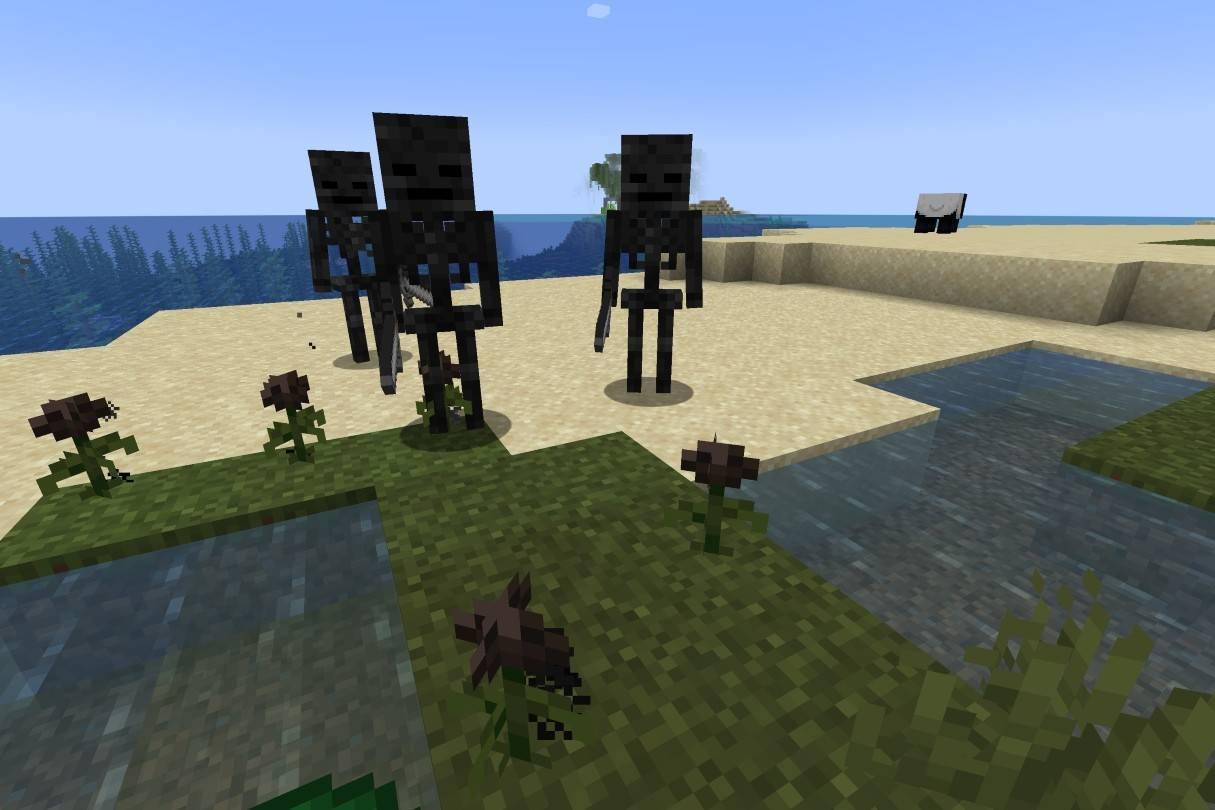 Image: ensigame.com
Image: ensigame.com
The wither rose is a rare and ominous flower that does not grow naturally but is created when a mob is killed by the Wither or is occasionally found in the Nether. Unlike rose bushes, stepping on a wither rose inflicts the Wither effect, gradually draining health and posing a deadly threat to unsuspecting players. This effect can be nullified by drinking milk.
Wither roses are used to craft black dye, which is used for recoloring leather armor, terracotta, banners, beds, and wool. They also contribute to crafting firework stars and black concrete powder, making them a unique yet dangerous resource.
Peony Bush
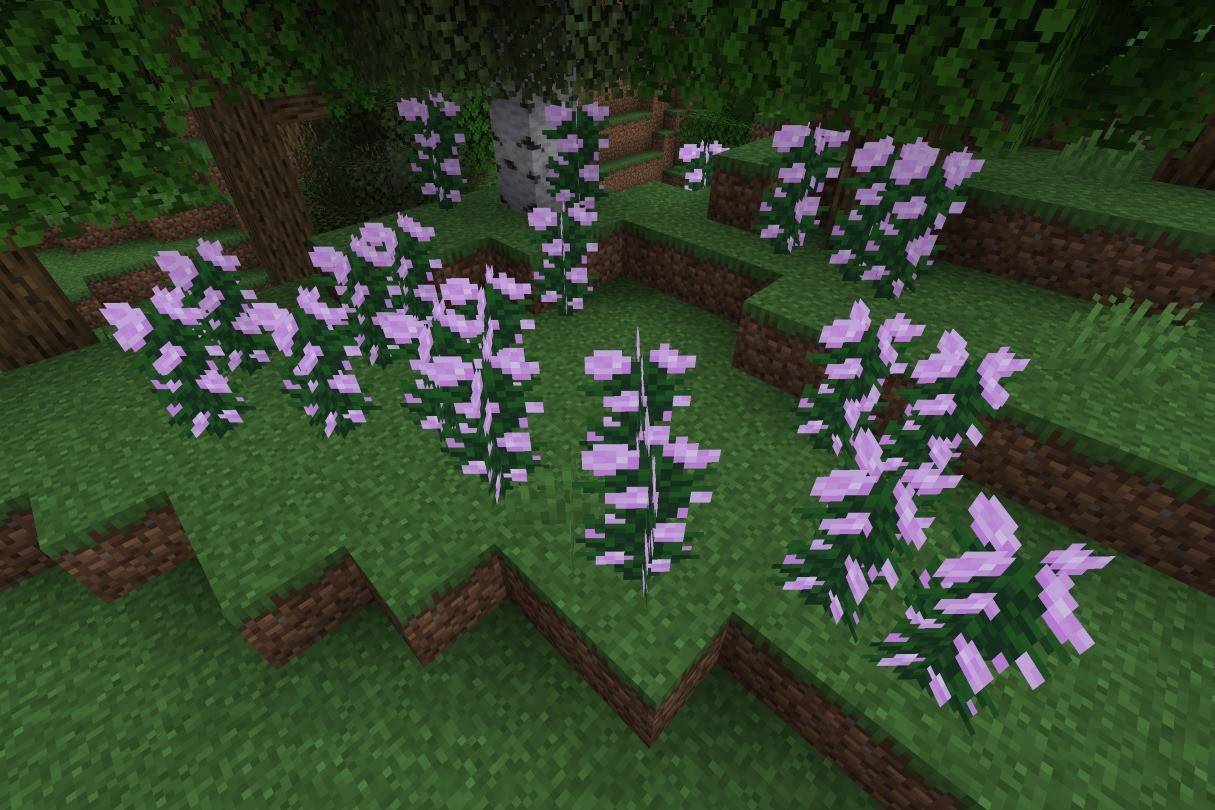 Image: ensigame.com
Image: ensigame.com
Peony bushes are tall, pink-flowering plants that thrive in woodland biomes. These lovely blooms can be turned into pink dye by placing them on a crafting table or combining red and white dye. Players can propagate peonies with bone meal, allowing for endless cultivation.
Pink dye is useful for recoloring wool, stained glass, terracotta, and tamed wolf collars. Furthermore, adding bone meal to grassy areas in specific biomes may result in pink blooms, expanding decorative options.
Lily of the Valley
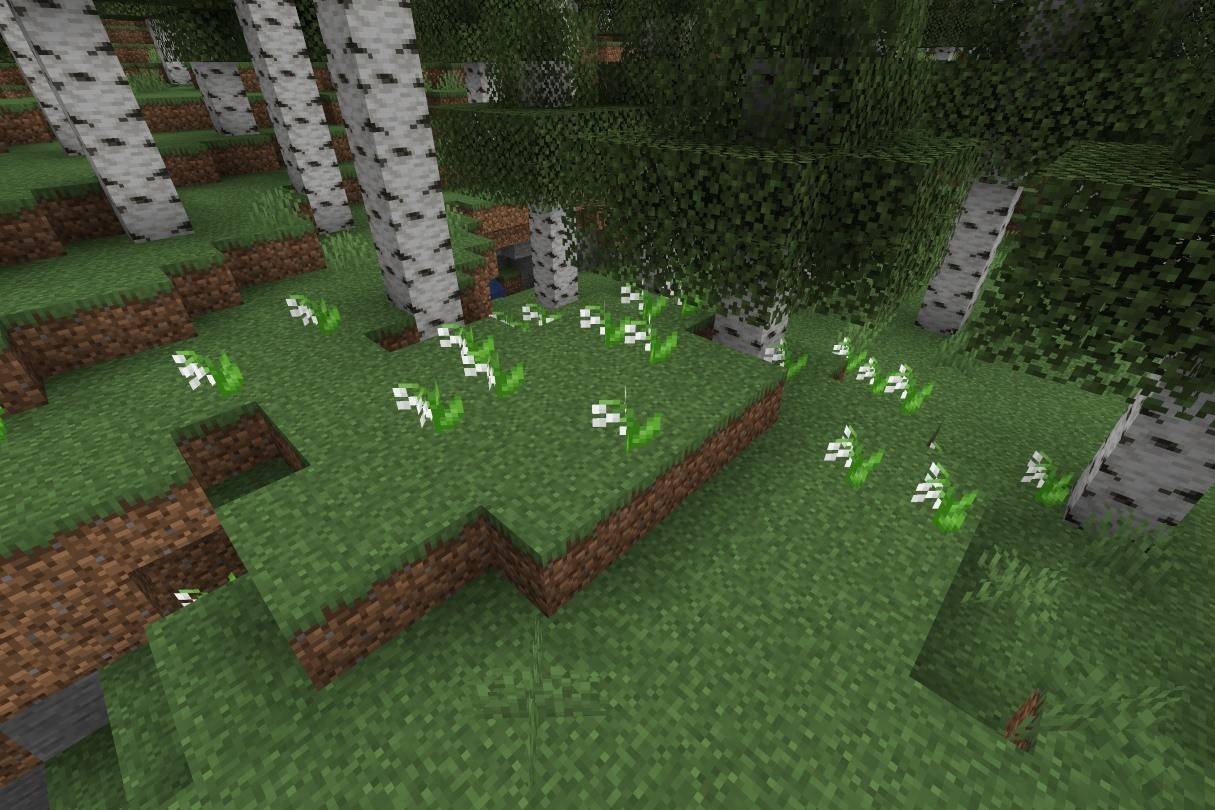 Image: ensigame.com
Image: ensigame.com
The Lily of the Valley, with its pure, bell-shaped flowers, grows in forest and floral forest biomes. It can be transformed into white dye, which is used to recolor wool, banners, beds, terracotta, and tamed wolf collars.
Beyond its primary use, white dye is essential for creating secondary dyes such as gray, light gray, light blue, lime, magenta, and pink. These versatile flowers often sprout on grass blocks in suitable biomes, making them an easily accessible resource.
Also read: Minecraft Building Opportunities: 50 Ideas for a Home
Tulip
 Image: ensigame.com
Image: ensigame.com
Tulips are among Minecraft's most diverse flowers, appearing in red, orange, white, and pink. They are found in plains and flower forests and are a crucial source of dye. Depending on their color, they can be used to dye red, pink, orange, or light gray, offering numerous customization options for your builds and items.
Azure Bluet
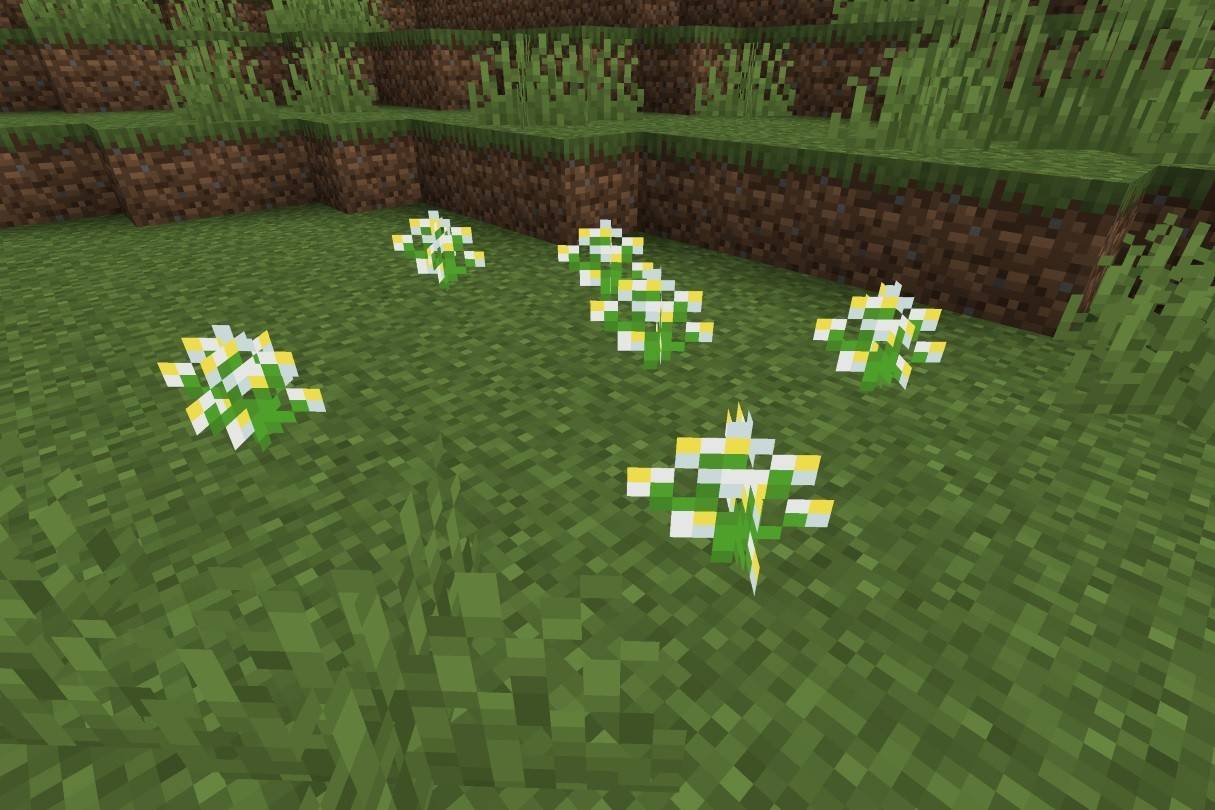 Image: ensigame.com
Image: ensigame.com
The azure bluet, a small, white and yellow flower, thrives in grasslands, sunflower plains, and flower forests. It is used to create light gray dye, which can also be made by combining bone meal and gray dye.
Blue Orchid
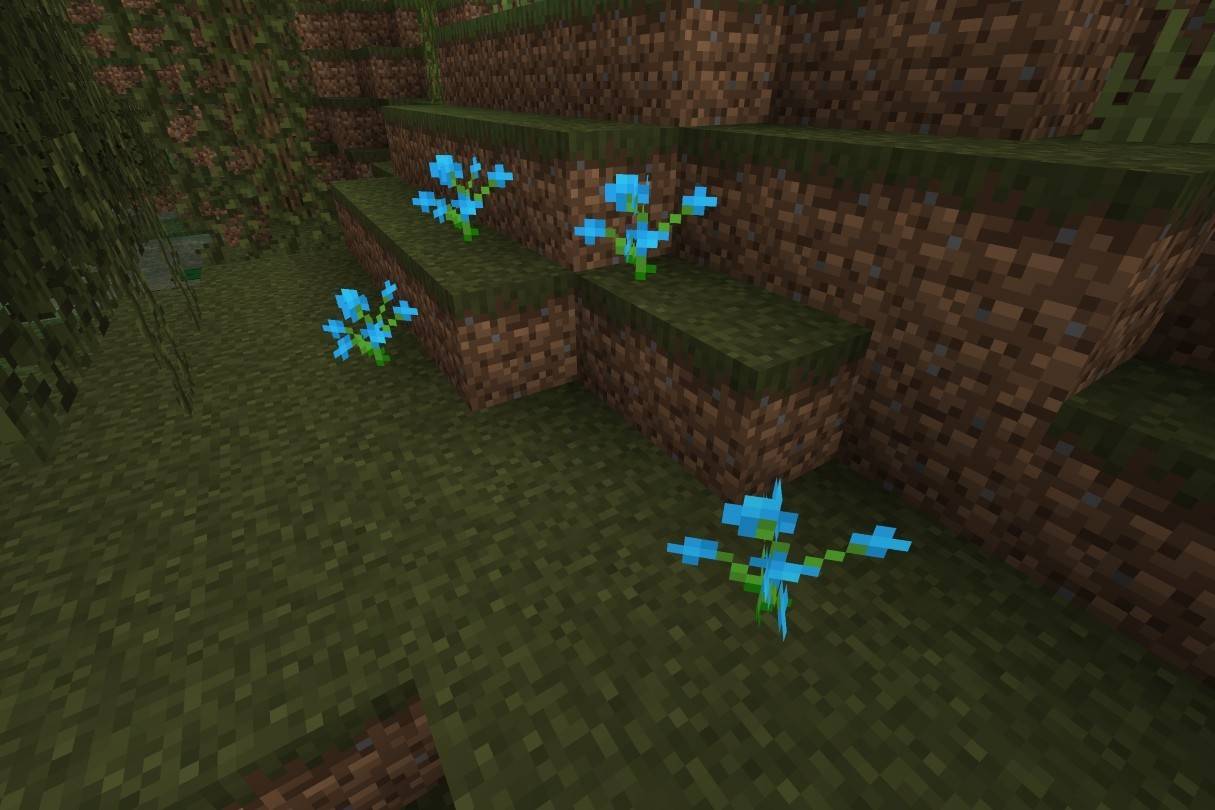 Image: ensigame.com
Image: ensigame.com
The blue orchid, a rare and vibrant flower found only in swamp and taiga biomes, is an effective source of light blue dye.
Cornflower
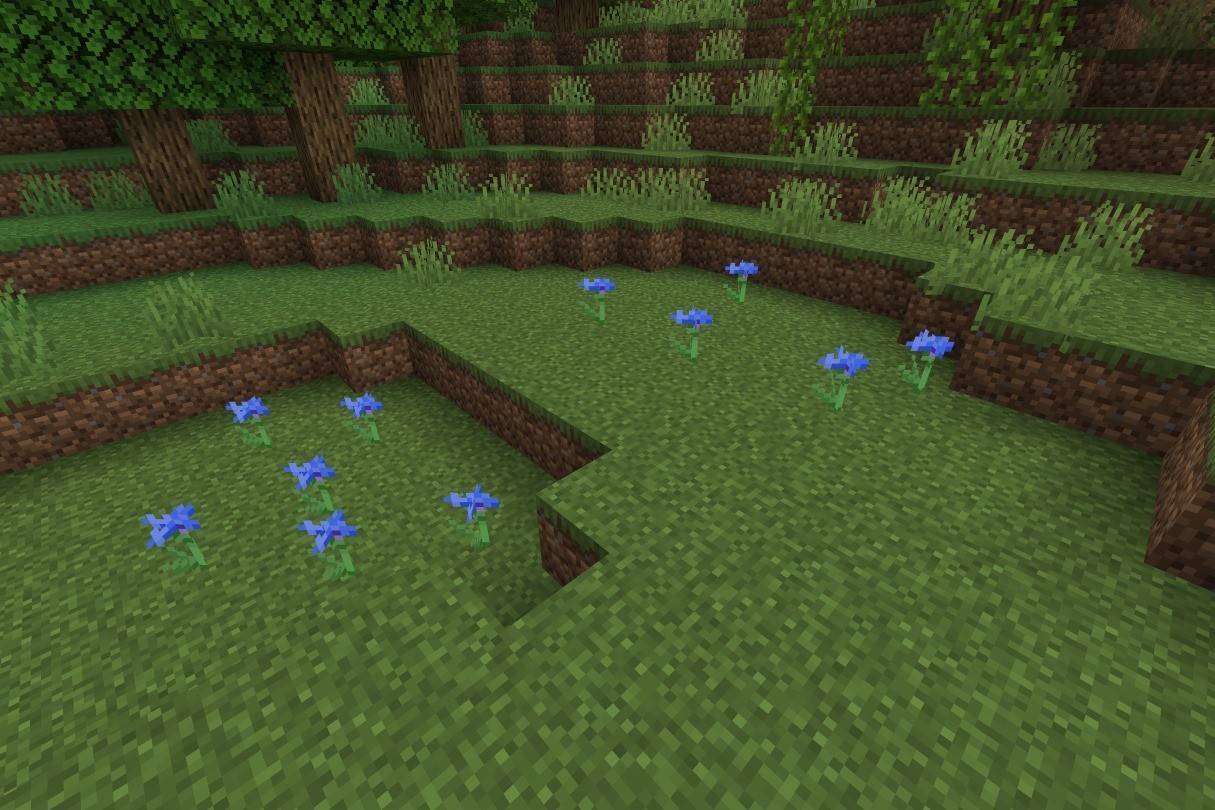 Image: ensigame.com
Image: ensigame.com
Cornflowers, with their blue petals and spiky, star-shaped appearance, thrive in plains and flowering forests. Their primary function is to produce blue dye, which is used to color wool, glass, and terracotta.
Torchflower
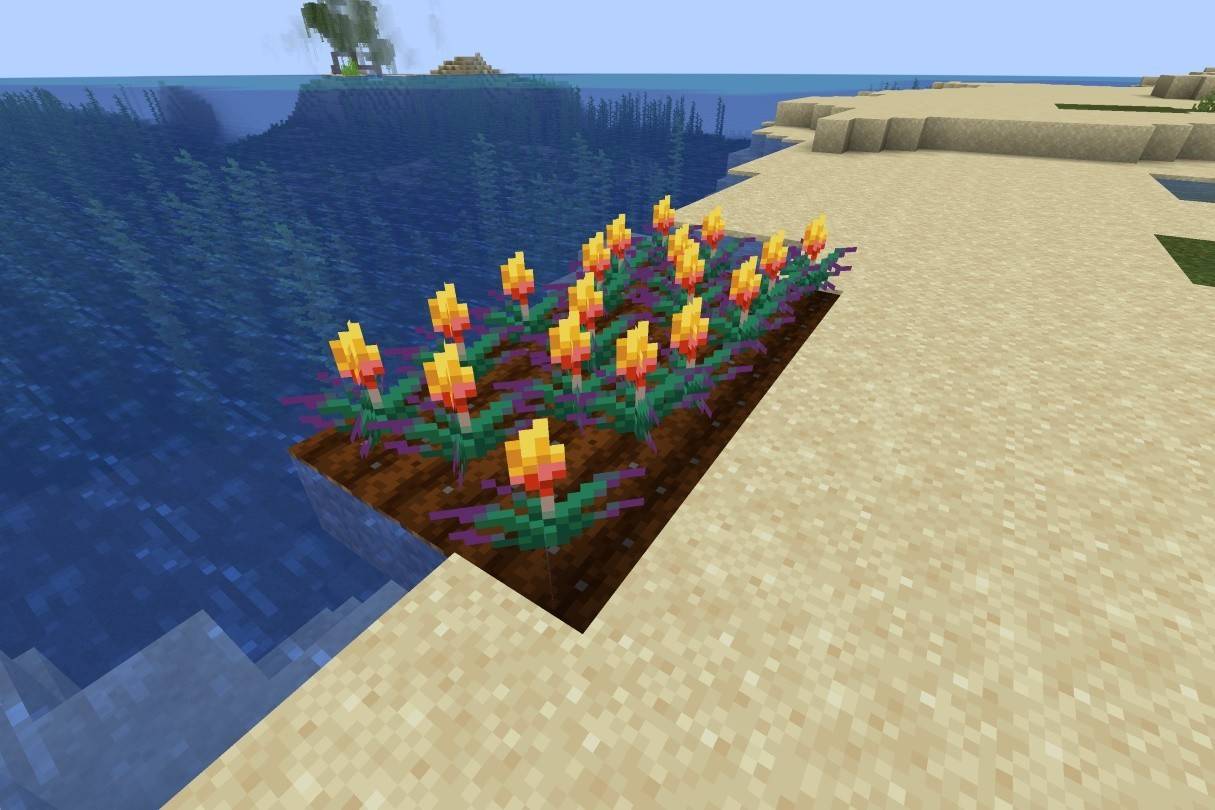 Image: ensigame.com
Image: ensigame.com
The torchflower, grown from seeds, yields orange dye. It does not grow naturally and cannot be spread using bone meal in Bedrock Edition. However, in Java Edition, endermen can carry and drop it. It can be used to decorate various types of soil and is suitable for flower pots.
Lilac
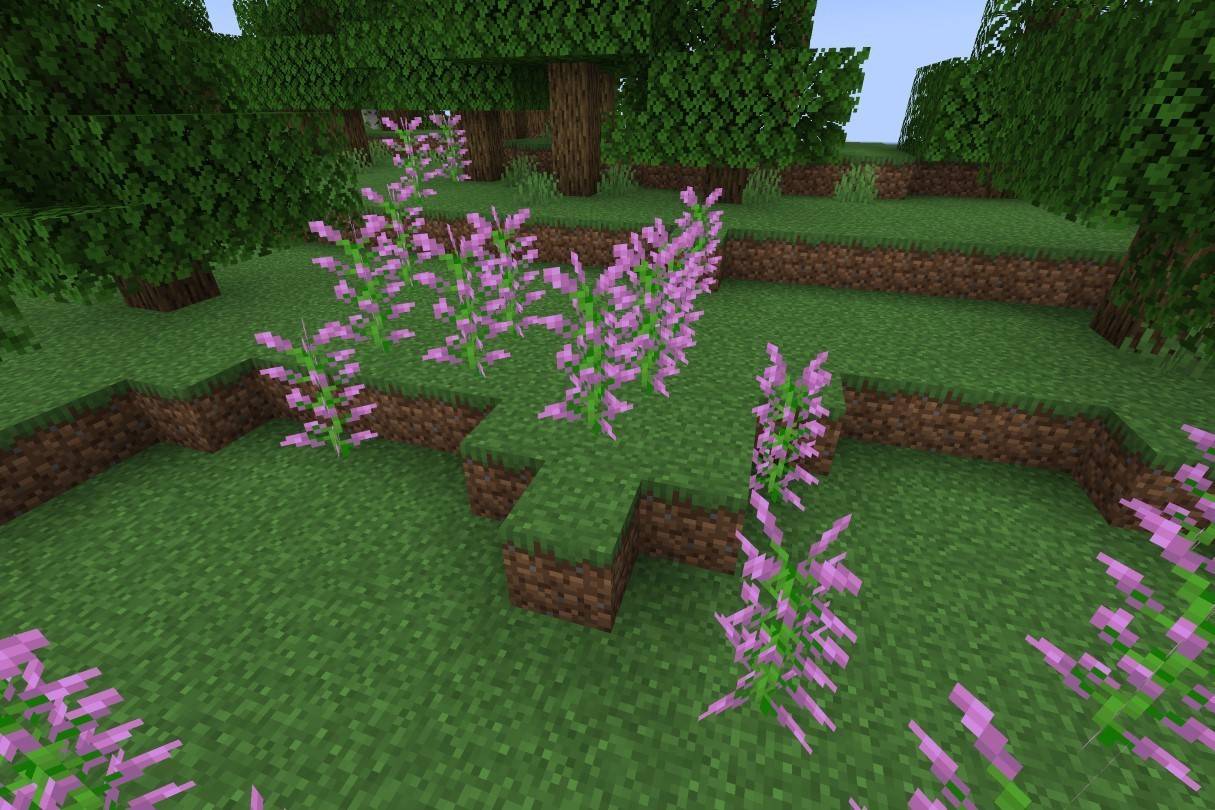 Image: ensigame.com
Image: ensigame.com
Lilacs boast towering, two-block-high flowers with a soft light-purple hue. They occur naturally across various forest biomes, including plains, and are notable for their distinctive appearance and vibrant color. These blooms can be harvested and used to create magenta dye.
Oxeye Daisy
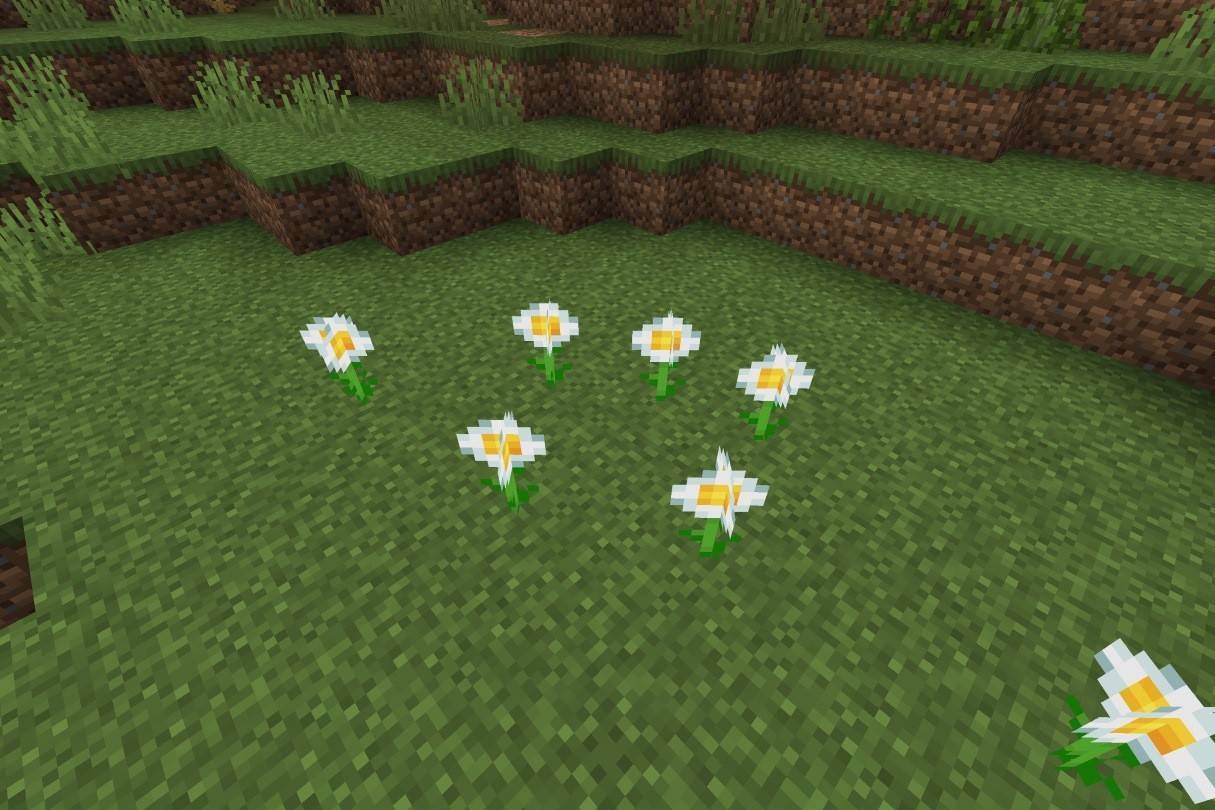 Image: ensigame.com
Image: ensigame.com
The oxeye daisy, a simple yet attractive white flower with a yellow center, can be found in plains biomes. It is commonly used to create light gray dye, which is excellent for dyeing wool, leather armor, and glass. Beyond its functional uses, the oxeye daisy can also be used to decorate banners, creating a sun-shaped pattern.
Sunflower
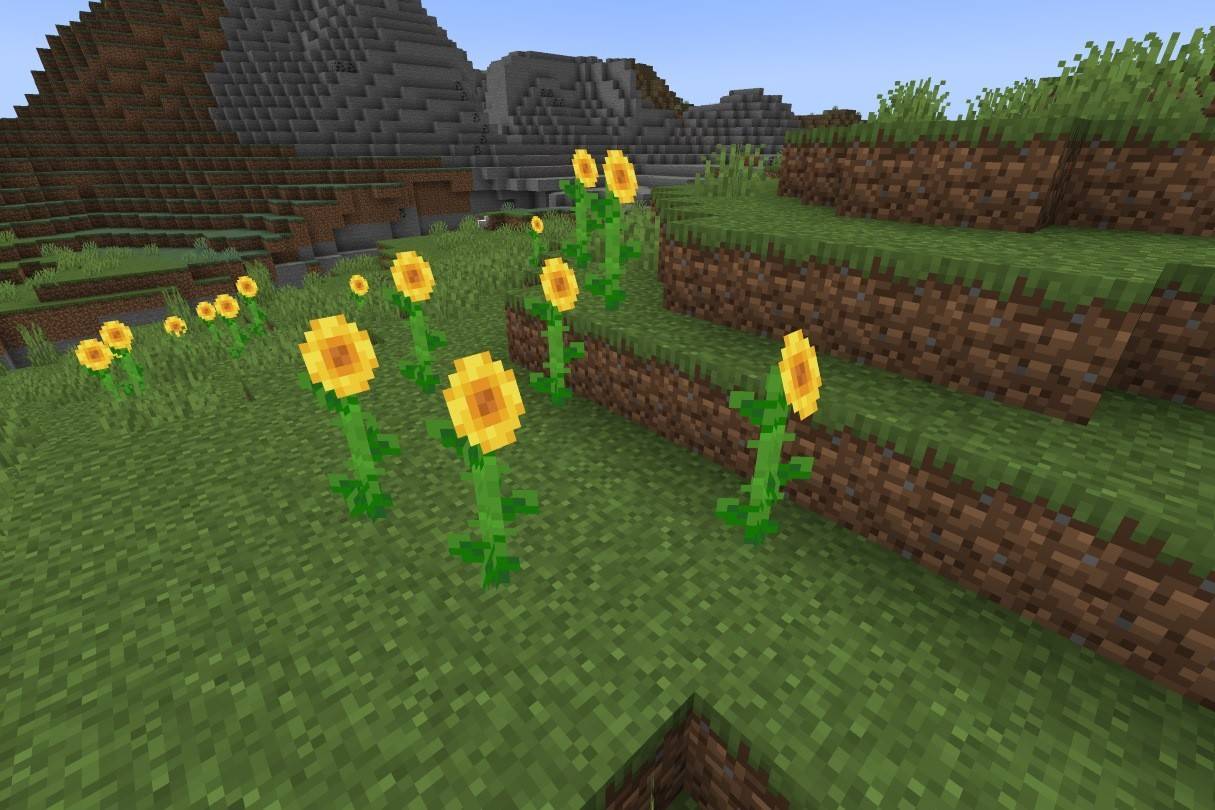 Image: ensigame.com
Image: ensigame.com
Sunflowers, introduced in Minecraft 1.7, were initially designed with a realistic appearance but were later adjusted to fit the game's art style. These tall blooms, which face east to follow the sunrise, are excellent for navigation. They grow in the sunflower plains biome and can be used to create yellow dye.
In Minecraft, these blossoms are not just decorative elements but essential resources for dyeing and creating potion-like effects. Explore their unique properties, utilize them in your builds, and unlock their hidden potential to enhance your gameplay experience.
-
 Mar 17,25All Split Fiction Achievements & How to Unlock Them Dive into the captivating co-op adventure Split Fiction from Hazelight Studios! This guide outlines every achievement, ensuring you and your partner conquer every challenge. While some trophies are earned naturally through the story, many require thorough exploration and unique actions. Use this g
Mar 17,25All Split Fiction Achievements & How to Unlock Them Dive into the captivating co-op adventure Split Fiction from Hazelight Studios! This guide outlines every achievement, ensuring you and your partner conquer every challenge. While some trophies are earned naturally through the story, many require thorough exploration and unique actions. Use this g -
 Mar 19,25How Does Dragon Ball Daima’s Finale Explain Goku Never Using Super Saiyan 4 in Super? The climactic battle in Dragon Ball Daima's finale pits Gomah against Goku, showcasing Goku's newly acquired form. This episode naturally led many fans to anticipate an explanation for Super Saiyan 4's absence in Super. So, how does the finale address this?In episode 19, after Glorio's wish restore
Mar 19,25How Does Dragon Ball Daima’s Finale Explain Goku Never Using Super Saiyan 4 in Super? The climactic battle in Dragon Ball Daima's finale pits Gomah against Goku, showcasing Goku's newly acquired form. This episode naturally led many fans to anticipate an explanation for Super Saiyan 4's absence in Super. So, how does the finale address this?In episode 19, after Glorio's wish restore -
 Jan 16,25Girls' Frontline 2: Exilium Tier List Released Another free-to-play gacha game, another character ranking to guide your investment choices. This Girls’ Frontline 2: Exilium character tier list helps you prioritize which characters are worth your resources. Girls’ Frontline 2: Exilium Character Tier List Here's a breakdown of currently available
Jan 16,25Girls' Frontline 2: Exilium Tier List Released Another free-to-play gacha game, another character ranking to guide your investment choices. This Girls’ Frontline 2: Exilium character tier list helps you prioritize which characters are worth your resources. Girls’ Frontline 2: Exilium Character Tier List Here's a breakdown of currently available -
 Mar 18,25Avowed Best PC Settings for Max FPS *Avowed*, a visual masterpiece, immerses you in a richly detailed world. To fully appreciate its stunning graphics without sacrificing performance, optimizing your PC settings is key. This guide helps you strike the perfect balance between breathtaking visuals and smooth gameplay.Recommended Videos
Mar 18,25Avowed Best PC Settings for Max FPS *Avowed*, a visual masterpiece, immerses you in a richly detailed world. To fully appreciate its stunning graphics without sacrificing performance, optimizing your PC settings is key. This guide helps you strike the perfect balance between breathtaking visuals and smooth gameplay.Recommended Videos
